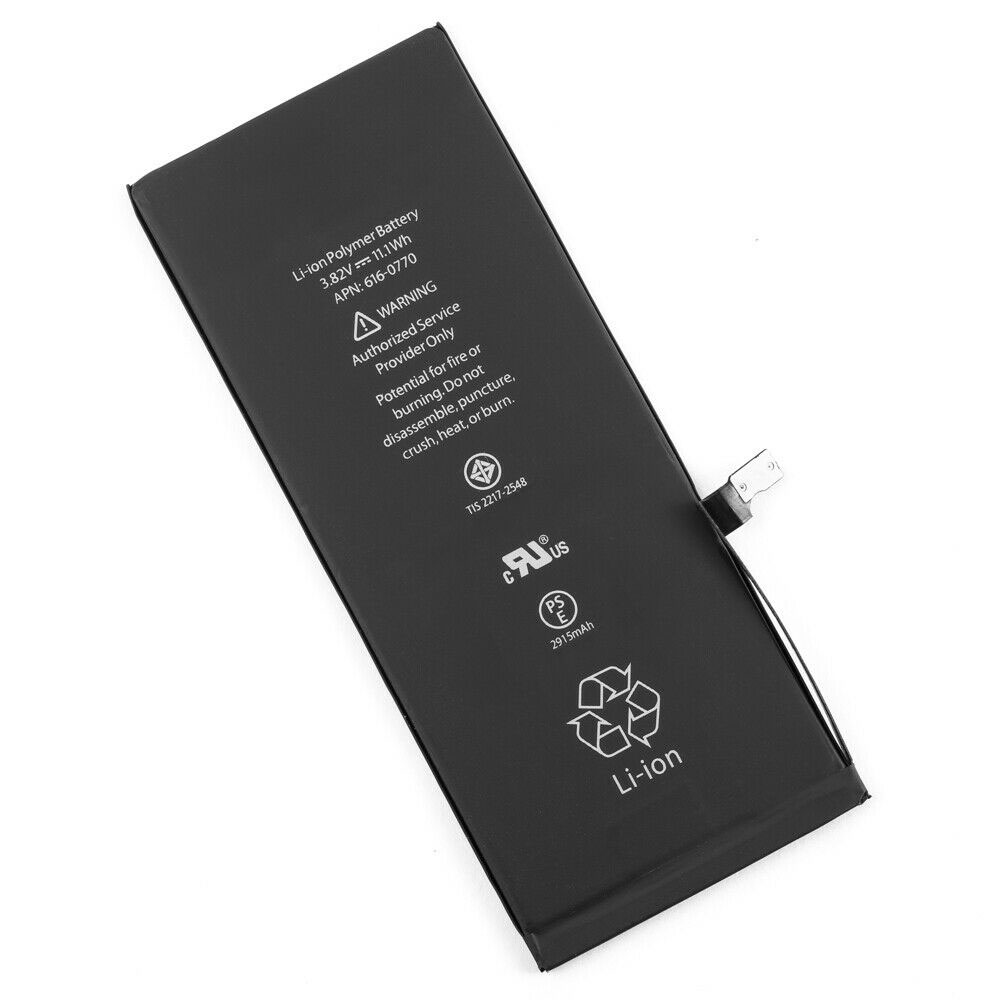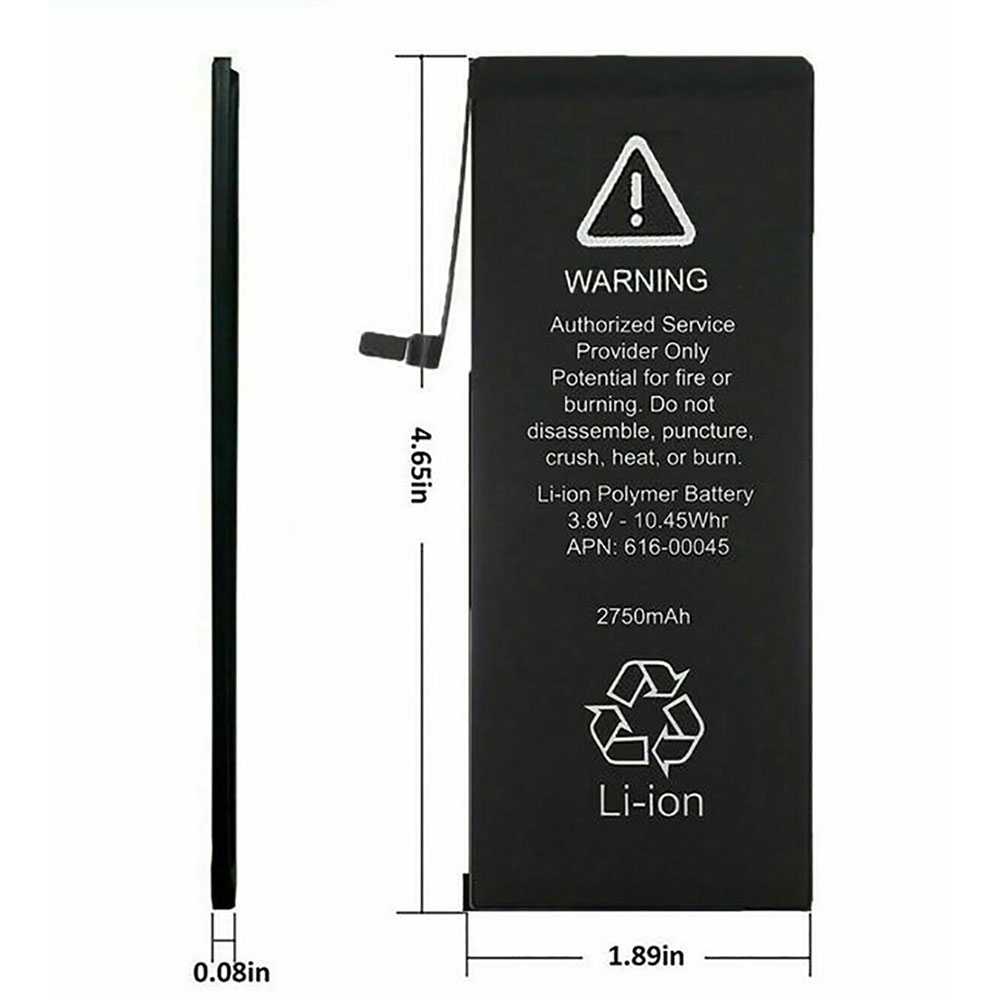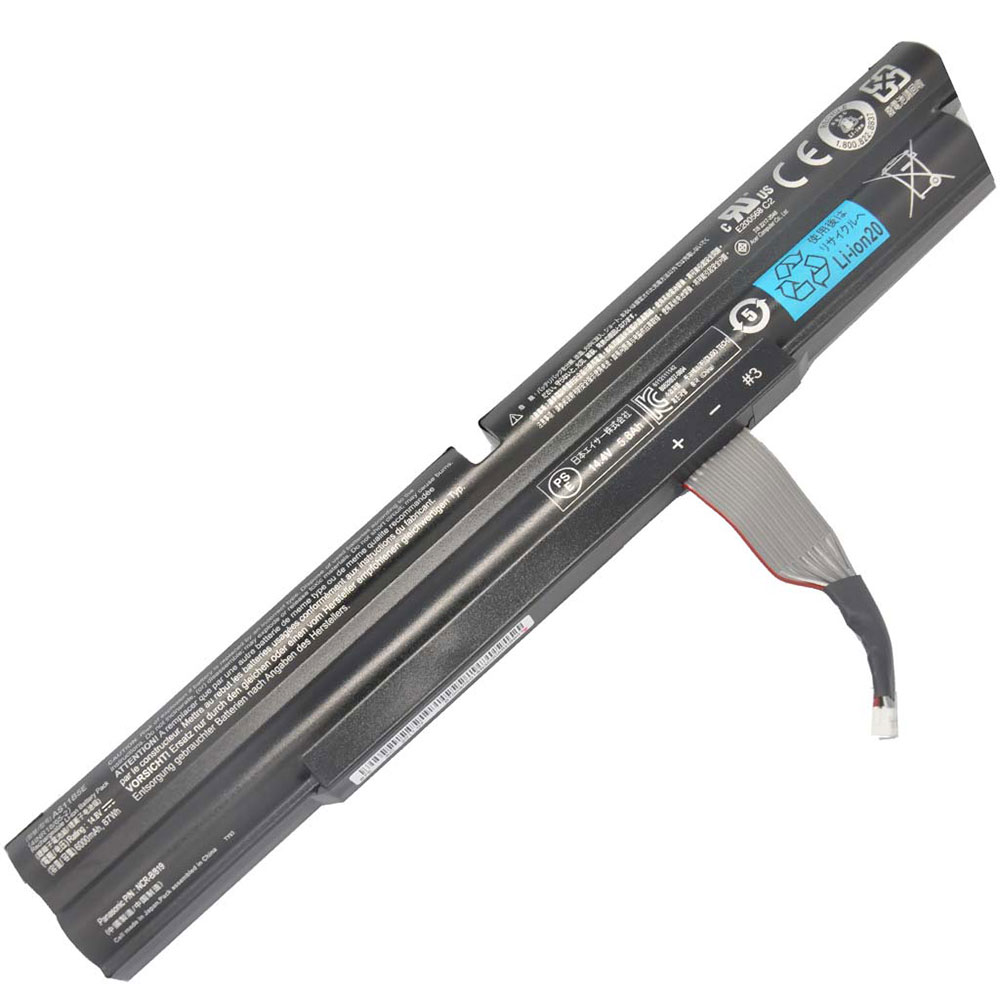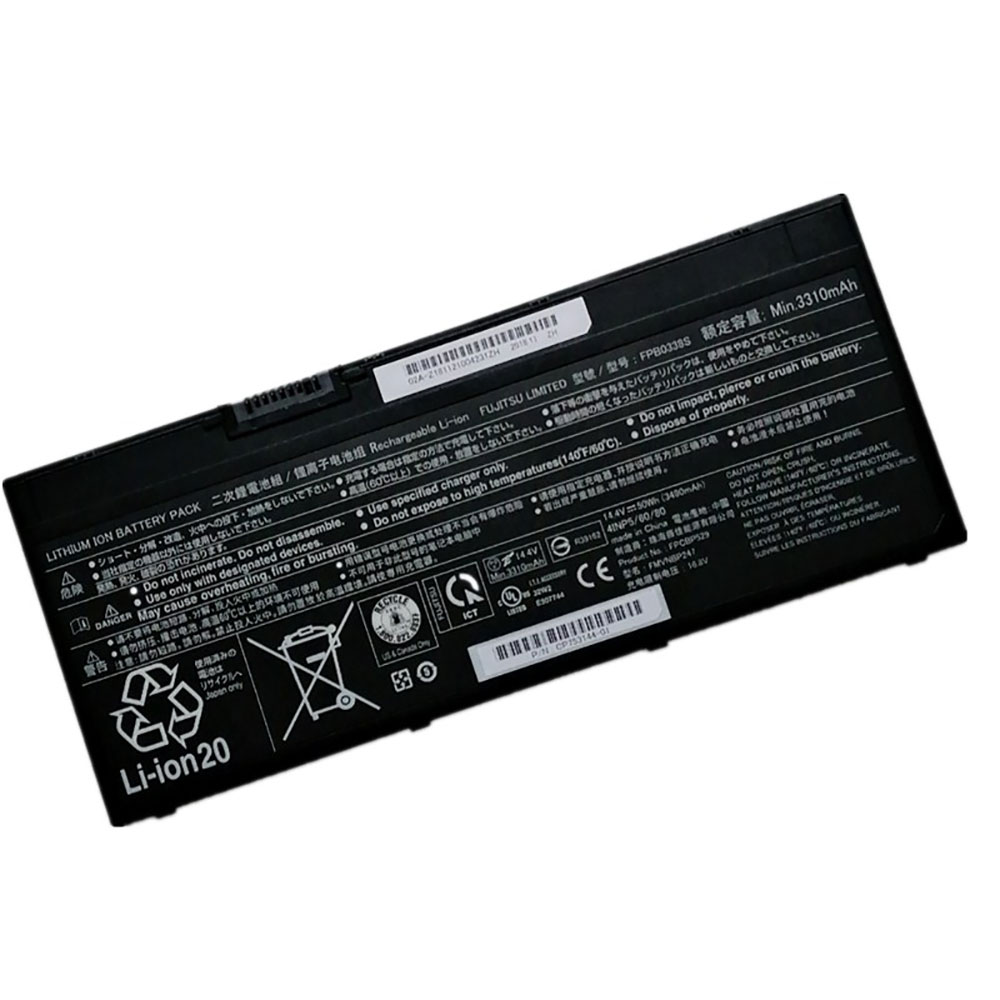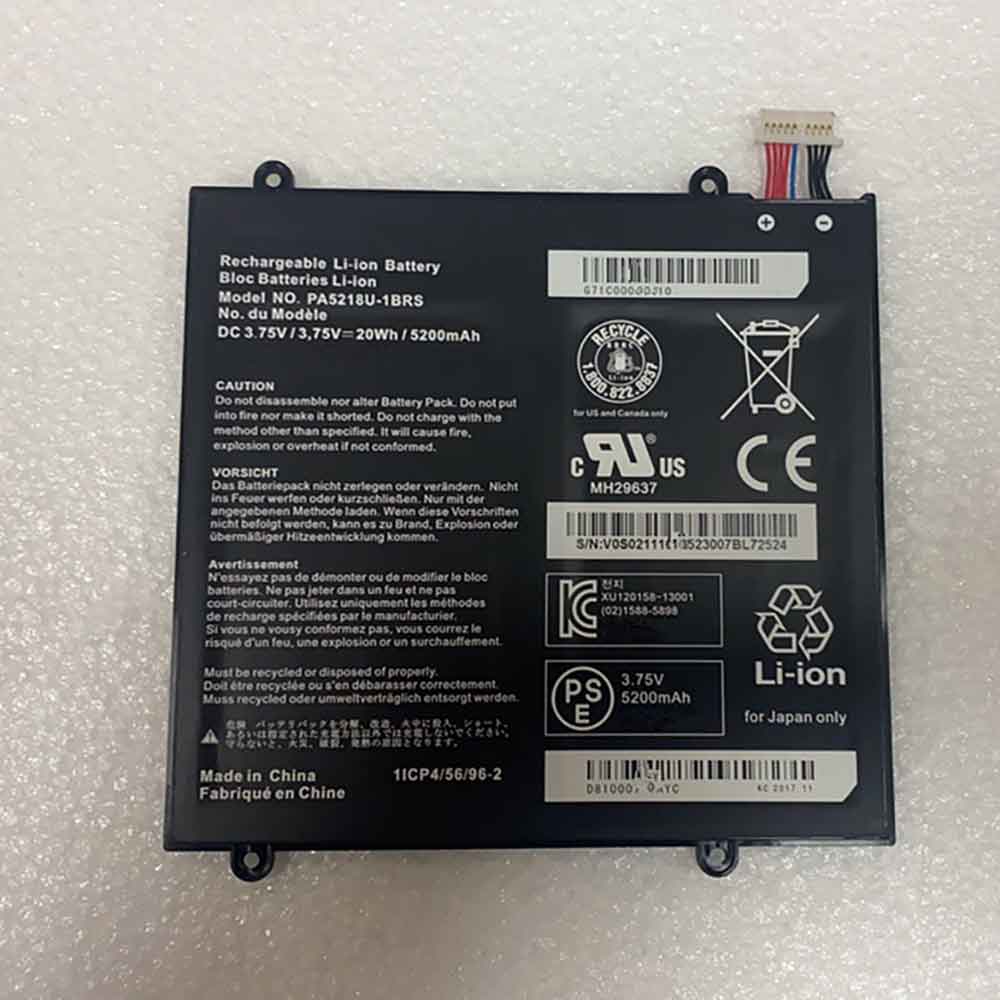HP’s newest Spectre x360 13 brings forward its predecessor’s iconic design but in a much smaller package. As important, it appears that HP has fixed a major issue I experienced with the previous generation Spectre x360 13.
Before getting to that, let’s take a look at the most startling change: This 5th-generation Spectre x360 is 13 percent smaller than its predecessor. That doesn’t sound like much, but when you place the new unit on top of the old, you’ll find that the older 4th-generation Spectre x360 13 is almost one inch deeper than the new unit.
Obviously, something had to give. And sure enough, the new Spectre x360 13 sacrifices the stylized speaker grill that sat above the keyboard previously, and the wrist rest is a bit less deep as well. More impressively, HP has finally taken meaningful steps to reduce its previously-ludicrously large bezels on the display lid: The gigantic 25.82 mm bottom bezel on the previous version has been replaced by a much smaller 11.09 mm bottom bezel on the new version, a 57 percent reduction. And the top bezel has shrunk even more impressively, from 17.35 mm to just 5.85 mm, a 66 percent reduction.
Put another way, the previous-generation Spectre x360 13 had an unimpressive 78 percent screen-to-body ratio, but the new version has a 90 percent screen-to-body ratio. It looks great, and it still works as before: The tiny top bezel contains a smaller web camera and IR camera (for Windows Hello) components. HP wasn’t forced to “pull a Dell” and put the cameras below the display.
Beyond this most welcome change, the Spectre x360 13 carries forward with the gem-cut, hard-edged, angular aluminum CNC design of its predecessor. The look is polarizing—you either love it or you don’t, I guess—but it’s also practical. Because of the unusual 45-degree rear corners, HP has found a new and easily discoverable (and memorable) place for the power button, on the left rear corner. And it has placed a USB-C port on the right rear corner; thanks to its angle, an attached power cord won’t get in your way if you wish to use a mouse on the right side of the device. Smart.
For those who are not fans of the angular design, HP has somewhat softened the blow by bringing back a classic silver color option. This is ideal for those who don’t want the flashier color schemes—Nightfall Black with Copper Luxe accents, and Poseidon Blue with Pale Brass accents—that HP also offers. This is a PC that even the most conservative user can embrace.
Like previous HP x360 designs, the new Spectre converts between four usage modes: Traditional laptop, tent, presentation, and tablet. If you’re familiar with my notion of optimizing for the everyday, I feel like this is the right design for most users. Its optimized for the most common usage mode, a laptop, but can easily transform when needed. For example, you can use the included HP Pen to take notes on the display in tablet mode, and its smaller overall size makes it a better fit for that role than previous x360s.
Inside, the new Spectre is powered by 10th-generation Intel Core i5 and i7 quad-core processors with Intel Iris Plus Graphics, 8 to 16 GB of RAM, and 256 to 2 TB of SSD storage, with some models offering an Intel Optane option. The smaller new form factor necessitated a new thermal design, which consists of larger air inlets and outlets, more internal graphite sheeting to disperse heat, and new air inlet holes under the top middle of the keyboard.
Connectivity is likewise impressive: The HP features Wi-Fi 6 and gigabit 4G LTE, with 4×4 antennas and a unique ability to use both simultaneously if desired. It includes Bluetooth 5.0 capabilities as well.
External expansion is acceptable given the PC’s small dimensions. There’s a single full-sized USB 3.1 port on the left, complete with a flip-down half cover, and a combo audio jack.
On the right, you’ll find two USB-C ports—one of which, again, is on the angled back right corner—and a microSD card reader.
The keyboards on HP’s premium PCs are typically excellent, and the Spectre x360 13 appears to continue this trend, with ideal key travel and a comfortable typing experience. One possible concern, of course, is the smaller wrist rest area. I have very large hands, and I’m curious if this will remain comfortable over time. But I suspect that those with more normally-sized mitts will do just fine.
I mentioned upfront that I experienced one serious issue with the Spectre’s predecessor. That was with its trackpad, which proved so unreliable that I scuttled my review of the PC. HP heard the complaints—I wasn’t the only one, obviously—and it provides a precision touchpad in the new version. I assume that will fix the problems.
To compensate for the lack of space on the keyboard deck, HP moved the new Spectre x360’s speakers to the bottom, and in my early tests they sound pretty punchy, especially when the PC is on a hard surface. I’ll compare the sound to that of the previous version and to the new HP Elite Dragonfly, which has particularly good audio.
There are three display options, each of which is glossy: A Full HD (1920 x 1080) IPS panel, that same Full HD panel with an integrated privacy screen, and a 4K UHD (3840 x 2160) IPS BrightView panel. The review unit—which includes a Core i7 processor, 8 GB of RAM, and 256 GB of NVMe M.2 SSD storage—is the first of the three, and my personal preference.
On that note, HP rates the battery life at 22 hours, which it says is the longest battery life of any quad-core 13.3-inch consumer convertible PC; web browsing is rated at almost 12 hours, and that’s likely closer to accurate. It can also charge to 50 percent in just 30 minutes.
There are some additional unique touches. Like its predecessor, the new Spectre includes a hardware switch—located on the right side of the device between the microSD card slot and the USB-C port—for toggling the webcam on and off for privacy. But new to the 5th-generation unit is a microphone mute toggle key on the function row of the keyboard.
HP also bundles a few security-oriented software apps on the Spectre—ExpressVPN and LastPass—but I find these additions to be largely superfluous. ExpressVPN is free for one month only, and LastPass is the free version.
Speaking of software, the crapware-laden load-out that HP supplies is not ideal. The taskbar comes with icons for ExpressVPN, a Dropbox promotion, and HP JumpStarts, and the Start menu is cluttered with even more, including two McAfee apps, and a surprisingly long list of HP and Intel applications and utilities. And that’s on top of the nonsense that Microsoft dumps on us all in Windows 10. I thought we had moved past this phase, but I guess not.
Pricing is reasonable for a premium PC of this type: The HP Spectre x360 13 starts at $1099 for a model with a Core i5 processor, 8 GB of RAM, and 256 GB of SSD storage. The review unit retails for $1299, and it includes a Core i7 processor, 8 GB of RAM, and 512 GB of storage. Upgrade to the 4K UHD AMOLED display, 16 GB of RAM, and 1 TB SSD + 32 GB of Intel Optane, and you’re looking at $1699.
